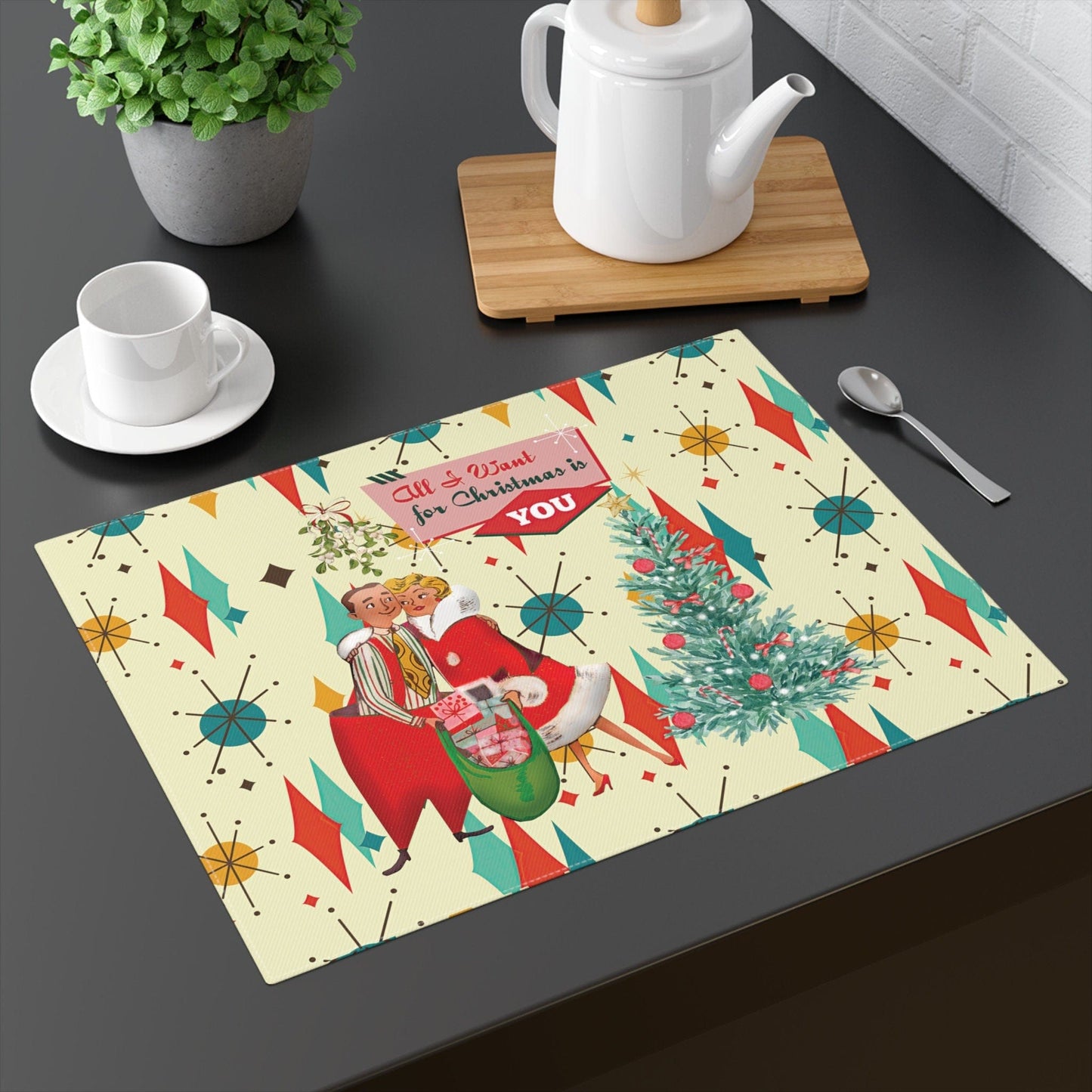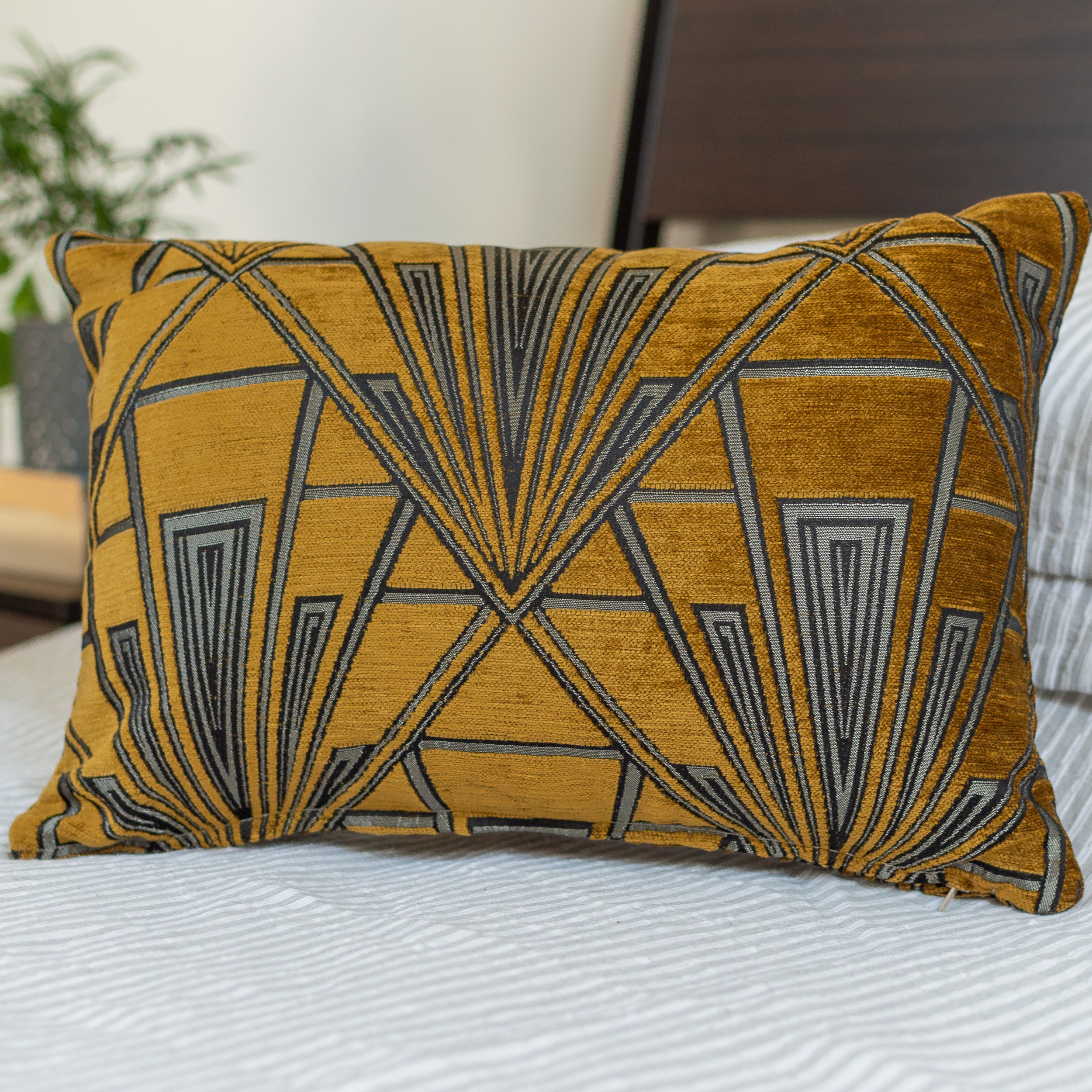Some Known Factual Statements About Unique Art
Table of ContentsUnique Art Things To Know Before You Get ThisUnique Art Can Be Fun For EveryoneHow Unique Art can Save You Time, Stress, and Money.An Unbiased View of Unique Art
While one could discuss which art type holds priority, the reality remains that each of these seven types gives a distinct home window into human history, society, and advancement. They are the tapestries that chronicle our journey, advising us of our past while motivating visions for the future.Wonderful artwork narrates, makes people look twice, and creates an one-of-a-kind experience that can not be matched. Art and images connect all of that via shade, form and other design aspects. Find out exactly how to make your one-of-a-kind art work stand apart from the crowd.
3 Emil DervishIn this entrance by Emil Dervish that lovely cobalt blue door swipes the program. To bring also more drama, he prolonged the paint. to the doorframe and the wall up, finishing in an arched shape. The curves, along with a spherical sconce, soften the sides - Unique Art. After that structures classic posters and maps of cherished locations established the scene.
8 TRIA GIOVANEqual parts grand and laidback, this entrance hall created by Anthony Baratta is the excellent plan to comply with if you're decorating a formal entry that still feels unfussy and comfy. Patterned fabrics take spotlight (see the carpetings and the couch), however they likewise help bring the high ceilings to a human range when hung over wallpaper.
7 Simple Techniques For Unique Art
18 Heidi Caillier DesignA gallery wall does not require to take up the entire room. Sometimes a small one can make a larger style statement. In this living area, Hiedi Caillier opted for micro-mini frameworks and an arbitrary structure.
, the expression of concepts and feelings, with the production of particular aesthetic top qualities, in a two-dimensional visual language. The aspects of this languageits forms, lines, colours, tones, and texturesare utilized in numerous methods to create experiences of volume, space, motion, and light on a flat surface. These components are combined right into expressive patterns in order to stand for real or superordinary sensations, to translate a narrative theme, or to produce entirely abstract aesthetic connections.
Later the notion of the "fine artist" established in Asia and Renaissance Europe. Popular painters were managed the social standing of scholars and navigate to these guys courtiers; they authorized their work, chose its design and commonly its subject and images, and established an extra personalif not constantly amicablerelationship with their clients. Throughout the 19th century painters in Western cultures started to lose their social placement and safe and secure patronage.
The 5-Minute Rule for Unique Art
Others gained an earnings through touring events of their work. The demand to appeal to a market had changed the similar (if less impersonal) needs of patronage, and its impact on the art itself was probably similar. Normally, artists in the 20th century can reach a target market just through business galleries and public museums, although their job may have been occasionally duplicated in art periodicals
For the history of painting in old Egypt, see Egyptian art and design. The development of painting in various regions is dealt with in a number of short articles: Western paint; African art; Central Asian arts; Chinese painting; Islamic arts; Japanese art; Oriental art; Native American art; Nautical art and design; South Eastern arts; Southeast Asian arts. It is the sense of certainty in this formal organization that gives a terrific painting its self-sufficiency and existence. The colours and placement of the major pictures in a layout may be often largely determined by representational and symbolic considerations. It is the official interaction of colours and shapes that alone is capable of connecting a particular mood, producing optical feelings of room, quantity, motion, and light and developing pressures of both consistency you could check here and stress, also when a paint's narrative symbolism is odd.
Do not replicate the design of various other musicians if you're looking for your style. Copying various other individuals's art work can be great in educational purposes but it will certainly not make you closer to finding your own unique style. Your imaginative style has to be, what you like and what inspires you.

The Ultimate Guide To Unique Art
You need to try great deals of various choices and check out whatever before you can concentrate on one particular style or you'll be burnt out, or even worse, you'll hate your own style. I suggest you to attempt every single subject that you're interested in, check out as much as you can. Try various mediums that delight you and brand-new techniques you have actually never tried prior to.
With time you'll have the ability to arrange all of them right into your preferred and least favored classifications. Try to concentrate your interest on the topics and mediums that you like and prior to you see it coming you'll have your own individual and unique design, like no see here now one else have! In the end you'll have a few favored subjects to repaint and maybe a couple of favored mediums.
